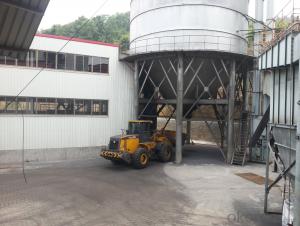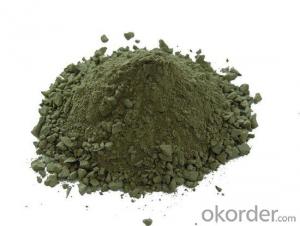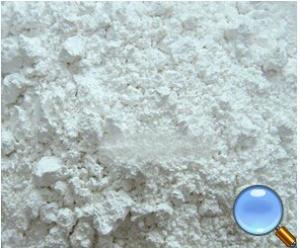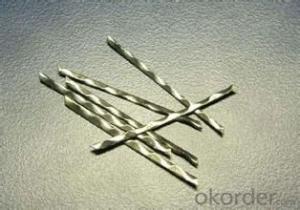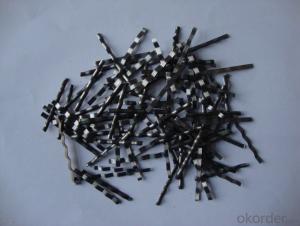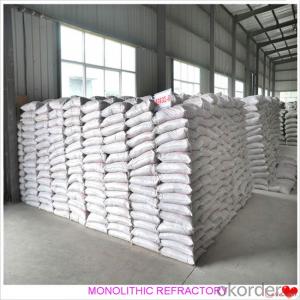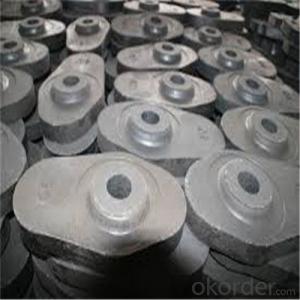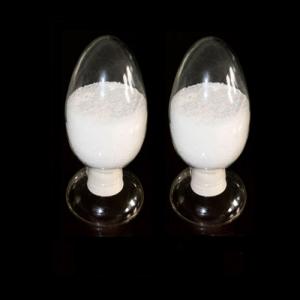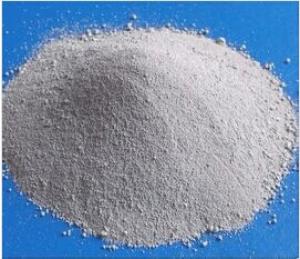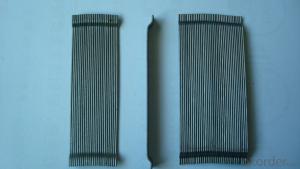All Categories
- - Steel Wire Rod
- - Steel Coils
- - Steel Profiles
- - Steel Pipes
- - Stainless Steel
- - Tinplate
- - Special Steel
- - Steel Sheets
- - Steel Rebars
- - Steel Strips
- - Hot Rolled Steel
- - Cold Rolled Steel
- - Pre-painted Steel
- - Seamless Steel Pipe
- - Welded Steel Pipe
- - Hollow Steel Tubes
- - Galvanized Pipe
- - Stainless Steel Coil
- - Stainless Steel Sheet
- - Stainless Steel Plate
- - Stainless Steel Strips
- - Electrolytic Tinplate Coil
- - Electrolytic Tinplate Sheet
- - Stainless Steel Rebars
- - Solar Panels
- - Solar Water Heater
- - Solar Related Products
- - Solar Inverter
- - Solar Cells
- - Solar Light
- - Solar Energy Systems
- - Solar Controllers
- - Solar Mounting System
- - Solar Pump
- - Solar Chargers
- - Fiberglass Chopped Strand
- - Fiberglass Mesh Cloth
- - Composite Pipes
- - FRP Pultrusion Profiles
- - Fiberglass Mat Tissue
- - Fiberglass Fabrics
- - Fiberglass Mesh
- - Composite Tank
- - Fiberglass Mesh tape
- - Polymer
- - FRP Roofing Panel
- - Fiberglass Roving
- - Monolithic Refractories
- - Ceramic Fiber Products
- - Refractory Bricks
- - Raw Materials For Refractory
- - Suspended Platform
- - Cranes
- - Concrete Machinery
- - Earthmoving Machinery
- - Building Hoist
- - Road Building Machinery
- - Plastic Pipe Fittings
- - Plastic Tubes
- - Plastic Sheets
- - Agricultural Plastic Products
- - Plastic Nets
Q & A
How do monolithic refractories perform in tundish lining applications?
Monolithic refractories perform exceptionally well in tundish lining applications. Their high thermal conductivity and excellent resistance to thermal shock make them ideal for withstanding the extreme conditions of the tundish, where molten metal is continuously poured. Additionally, their ease of installation and repair ensure efficient maintenance and prolonged service life of the tundish lining.
How do monolithic refractories compare to castable refractories in terms of cost?
Monolithic refractories generally tend to be more cost-effective compared to castable refractories. This is primarily because monolithic refractories are pre-formed and require less labor and time for installation. Castable refractories, on the other hand, involve more complex and time-consuming installation processes, which can increase labor costs. Additionally, monolithic refractories often have longer service life, reducing the frequency of replacements and maintenance, resulting in overall cost savings.
What are the common defects in monolithic refractories?
Common defects in monolithic refractories include spalling, cracking, erosion, and thermal shock. Spalling refers to the breaking off of chunks or flakes from the refractory surface due to thermal cycling or mechanical stress. Cracking can occur due to inadequate expansion joints, thermal stresses, or improper installation. Erosion happens when the refractory material wears away due to chemical reactions or abrasion. Finally, thermal shock occurs when rapid temperature changes cause the refractory to crack or fail.
How does the choice of binder affect the performance of monolithic refractories?
The choice of binder significantly affects the performance of monolithic refractories. Binders are responsible for holding the refractory particles together, providing strength and stability to the material. Different binders have varying properties such as thermal conductivity, shrinkage, and adhesion, which directly impact the refractory's performance. The binder selection can influence the refractory's resistance to thermal shock, erosion, and chemical attack, as well as its ability to withstand high temperatures. Therefore, the choice of binder plays a crucial role in determining the overall performance and durability of monolithic refractories.
How do monolithic refractories resist chemical attack?
Monolithic refractories resist chemical attack due to their composition and structure. They are made from high-quality materials such as alumina, silica, and other refractory aggregates, which have excellent chemical resistance properties. Additionally, monolithic refractories have a dense and uniform structure, which minimizes the penetration of corrosive gases or liquids. Moreover, they are often designed with specific additives or binders that enhance their resistance to chemical attack. Overall, the combination of high-quality materials, dense structure, and specialized additives allows monolithic refractories to withstand chemical attack and maintain their integrity in harsh environments.
Wholesale Monolithic Refractories from supplier in Ghana
We are a Monolithic Refractories supplier serving the Ghana, mainly engaged in the sale, quotation, and technical support services of various Monolithic Refractories products in the Ghana region. We are a subsidiary platform of the Fortune Global 500 company CNBM, able to provide you with one-stop Monolithic Refractories procurement services in the Ghana. Not only do we have a wide range of Monolithic Refractories products, but after years of market development in the Ghana, we can also provide valuable experience for your projects.
Hot Search
- Monolithic Refractories in Cameroon
- Ceramic Fiber Products in Namibia
- Refractory Bricks in Turkey
- Raw Materials For Refractory in Nicaragua
- Refractory Bricks in Niger
- Ceramic Fiber Products in Egypt
- Ceramic Fiber Products in Liechtenstein
- Raw Materials For Refractory in Cuba
- Raw Materials For Refractory in Croatia
- Ceramic Fiber Products in Jamaica


